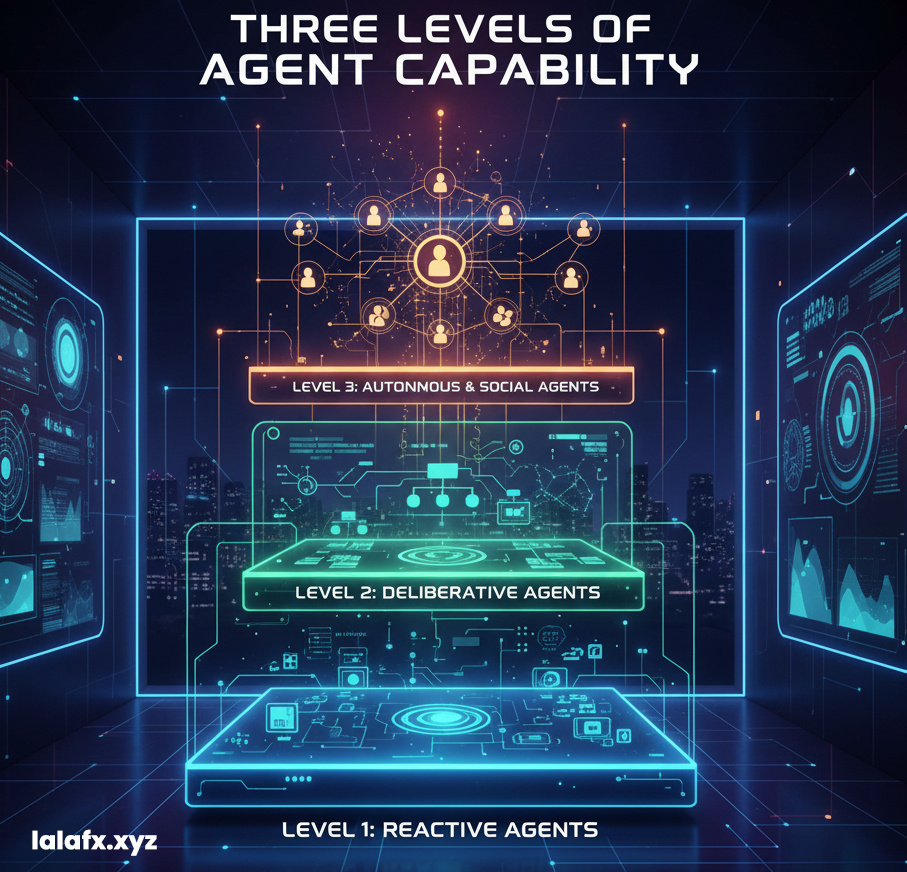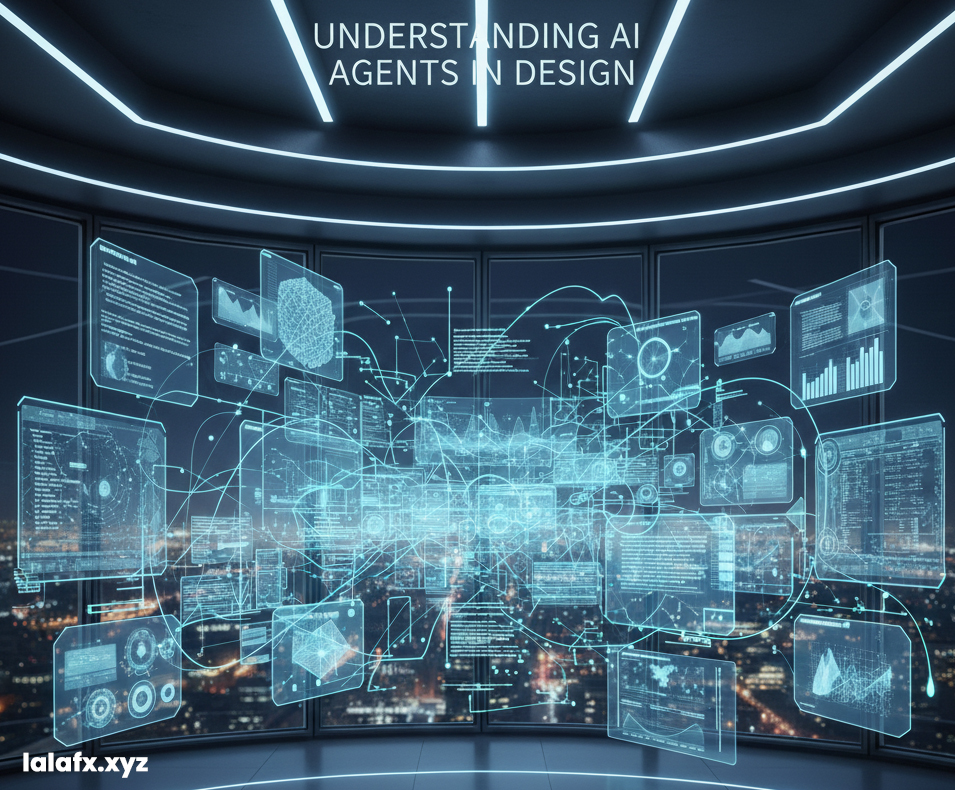Every designer must understand a few key concepts before creating an AI agent. AI can impact design work in at least three main ways:
- It provides us with new tools that can facilitate our daily tasks.
- It introduces a new type of material with unique characteristics, limitations, and potential applications.
- The relationship between materials and tools is dynamic and evolves over time.
AI produces new design material, and in order to properly shape it, we require new information and procedures.
The Scaling Law
The Scaling Law demonstrates how an AI model improves with more training data, more processing power, and more parameters. According to research:
- Improvements frequently begin with a linear or exponential growth.
- The benefits begin to slow down as models get larger.
- For instance, the quantity or quality of training data may need to be multiplied numerous times to lower an error rate.
This law illustrates the cost of improving AI for designers. Enhancing AI’s responsiveness or accuracy requires more time, data, and effort—“a complimentary lunch doesn’t exist.” This concept changes how designers consider the capabilities and constraints of AI agents.
Trade-offs in Large Organizations

In large organizations, attempting to develop a single system for multiple purposes often reduces the system’s ability to perform particular tasks. The resources required increase significantly when a system is built to be both highly accurate and multifunctional.
Not every project can afford to train a model as large as GPT-level (estimated cost of GPT-5 training alone is $1 billion). Early in the process, designers must establish:
- A clear goal
- A balance between performance, accuracy, and available resources
Three Tiers of Knowledge Management Agents
- Semi-Deterministic Agents
- Operate in transparent, controlled settings where users and data are known beforehand.
- Typically used by experts or knowledgeable team members.
- Utilize AI capabilities like retrieval (RAG) and classification.
- Provide reliable, traceable, and auditable results.
- Probabilistic Agents
- Handle users such as consumers in an open market, whose actions and objectives are unpredictable.
- Queries come in various forms.
- Key design considerations: building trust, managing uncertainty, showing system confidence and uncertainty through interfaces.
- Designers must learn from mistakes, comprehend user intent, and foster trust.
- Adaptive Agents
- Ensure actions are understandable, responsible, and consistent with human values.
- Balance privacy, transparency, and personalization.
- Designers act as mediators between people and self-improving systems.
Three Levels of Agent Capability

1. Data
- Semi-deterministic agents: Use predetermined and controlled data.
- Probabilistic agents: Handle transparent, varied user interactions.
- Adaptive agents: Modify outputs based on unique user context and personal data.
2. Take Action
- AI systems go beyond providing information to carrying out tasks.
- Can act proactively (anticipating needs) or reactively (responding to events).
Types of agents:
- Proactive/Predictive Agents: Forecast future occurrences.
- Low-Impact Executive Agents: Execute reversible actions.
- High-Impact Executive Agents: Perform significant or irreversible actions with user consent.
3. Autonomy
- Autonomous agents can identify risks or opportunities, determine causes, and take action, with or without human consent.
- Autonomous Planning Agents: Design and implement long-term plans involving coordinated actions.
- Design Consideration: Governance should take precedence over interface design to ensure trust, oversight, accountability, and ethical boundaries.
FAQs
1. What does the AI Scaling Law describe?
A: It describes the way AI systems get better as parameters and processing power increase, but improvements are reduced as models get larger.
2. What are semi-deterministic agents?
A: These agents generate results in predictable environments with known users and known, stable, traceable data.
3. How are probabilistic agents different?
A: These agents contend with unpredictable users and questions that require designs that can handle uncertainty and build trust.
4. What does it mean to have an adaptive agent?
A: Adaptive agents act morally and in ways that reflect human values but balance privacy, transparency, and personalization.
5. What is autonomy for AI agents?
A: Autonomy, or agents that function independently, must be regulated to remain accountable and ethical.
Conclusion:
Both the human and the technological aspects of developing AI agents must be considered, and fully autonomous adaptable agents or semi-deterministic setups in controlled environments require designers to balance efficiency, accuracy, dependability, and ethical guidance. If AI tools understand agent categories, resource trade-offs, and the Scaling Law, they will be able to enhance design projects in an ethical and effective manner.
